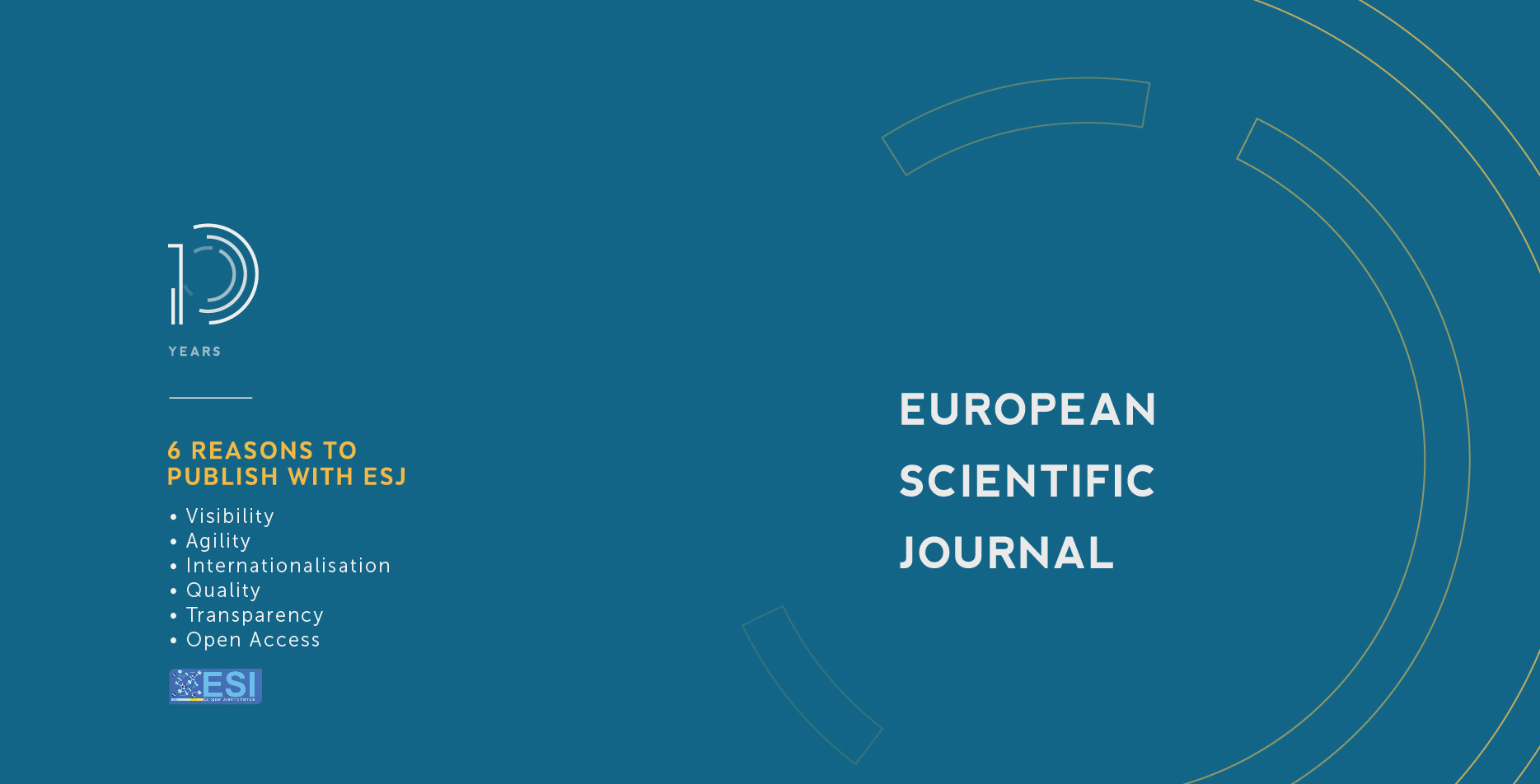Effect of an Aqueous Extract of Alchornea Cordifolia (Euphorbiacea) Leaves on Sperm Parameters and Reproductive Function of Male Wistar Rats
Abstract
Alchornea cordifolia (euphorbiaceae) is a tree whose leaves are used in traditional medicine to cure several health problems. Little information, however, exist on the effects of this herb on the male reproductive system. In order to assess the effect of Alchornea cordifolia on reproductive male parameters and testosterone production, twenty-four male wistar rats divided into four groups of six rats were used. The aqualus extract of Alchornea cordifolia was administered at a dose of 100 mg/kg of bw, 200 mg/kg of bw, and 400 mg/kg of bw per day, orally for 60 days. A significant increase in androgen-dependent organs, testosterone quantity, mobility, and sperm concentration was observed at doses of 200 mg/kg of bw and 400 mg/kg of bw. Only the unwinger sperm count significantly increased at the 100 mg/kg of bw dose. These results revealed that the aqualius extract of the leaves of Alchornea cordifolia has the potential to improve sperm quality and have positive effects on the reproductive system.
Downloads
Metrics
PlumX Statistics
Copyright (c) 2021 Kone Allassane, Gnahoue Goueh, Diabate Daouda, Kouakou Koffi

This work is licensed under a Creative Commons Attribution-NonCommercial-NoDerivatives 4.0 International License.








